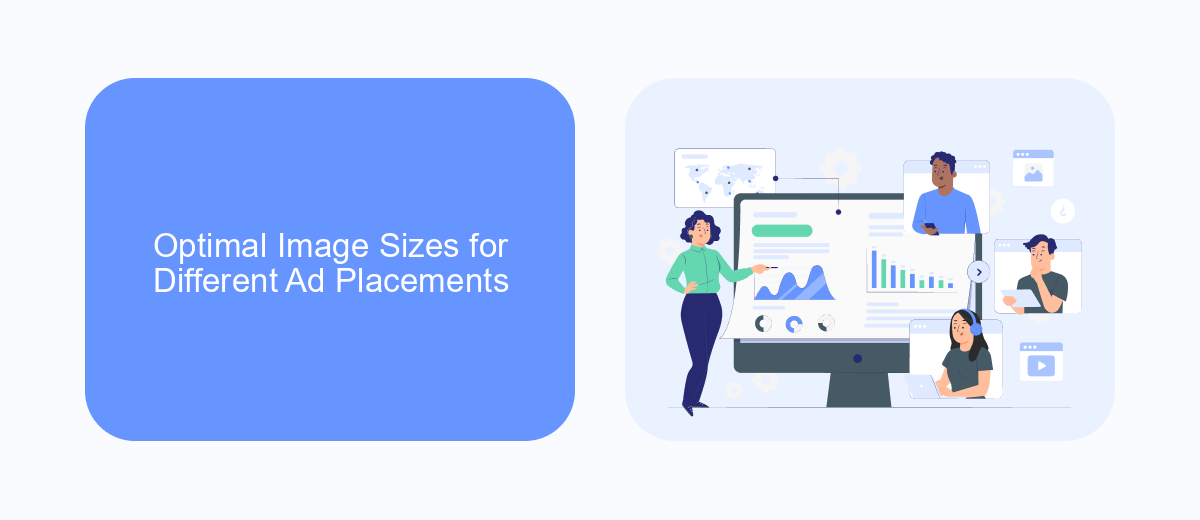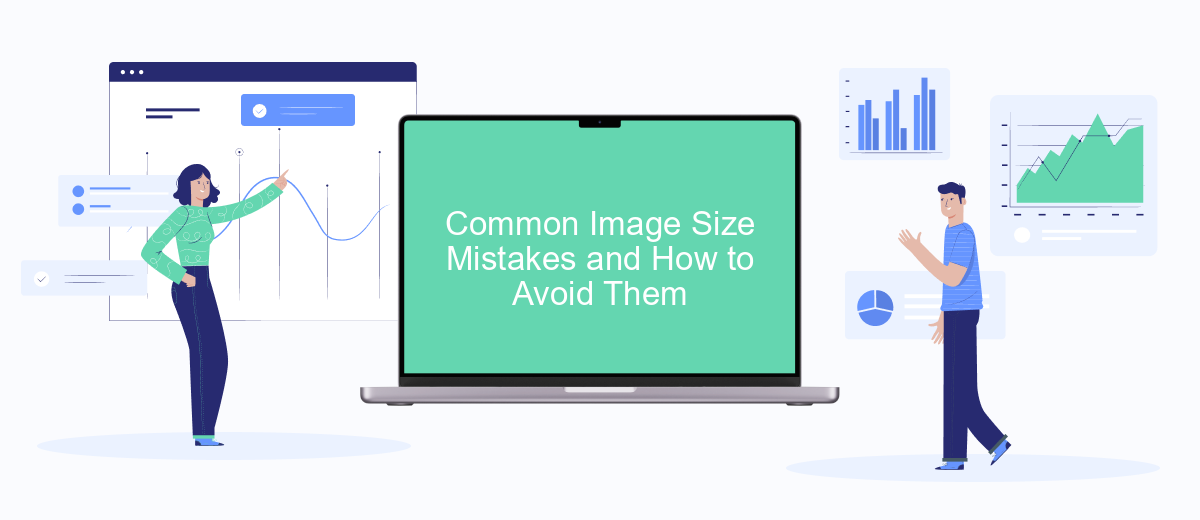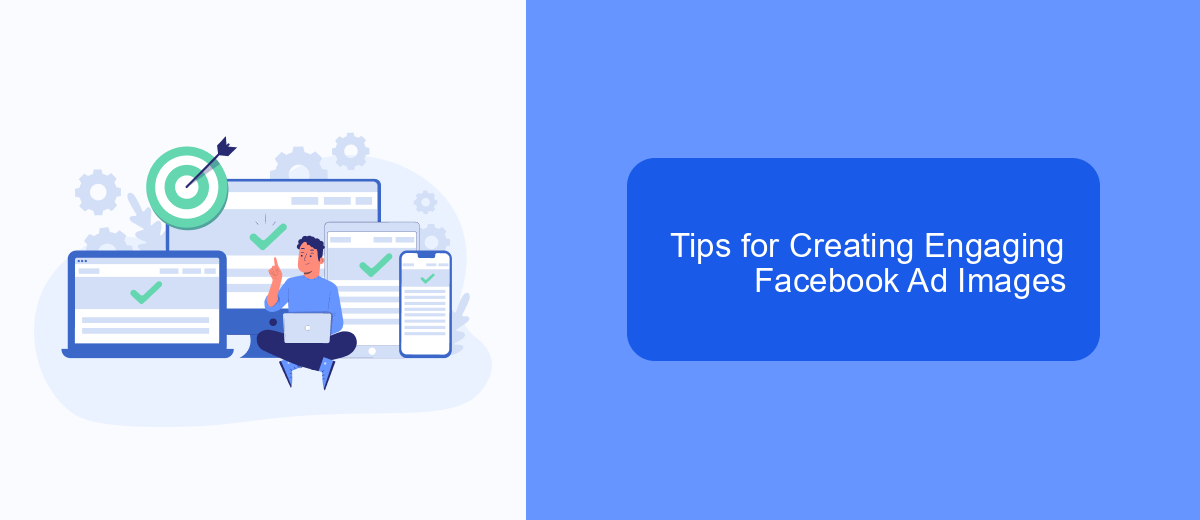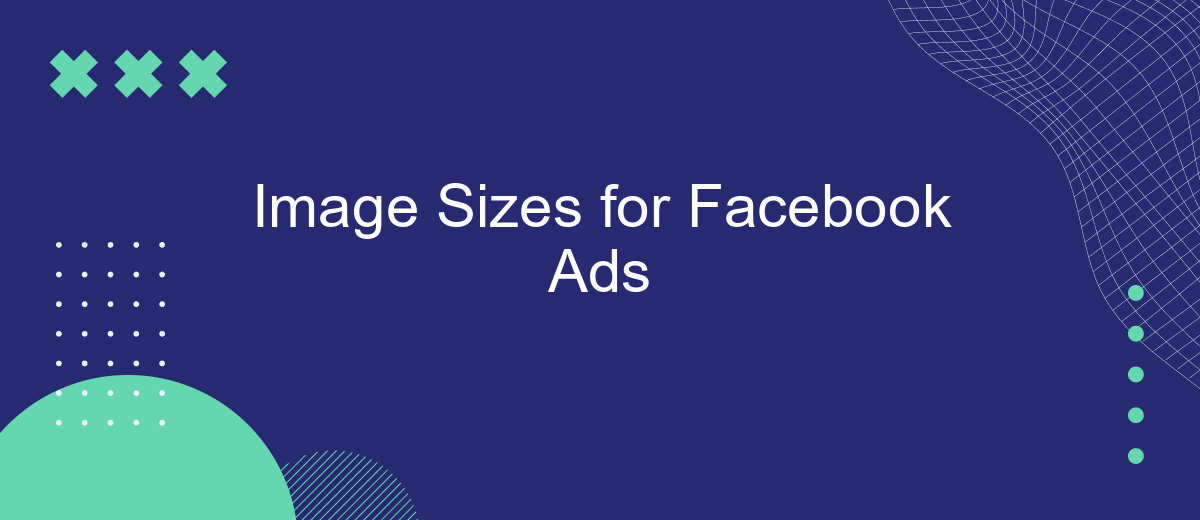Creating effective Facebook ads requires more than just compelling content; the right image size is crucial for maximizing engagement and ensuring your message is delivered clearly. Using the correct dimensions not only enhances the visual appeal but also prevents cropping or distortion. In this guide, we’ll explore the optimal image sizes for various Facebook ad formats, helping you to create visually striking and effective campaigns.
Understanding Facebook Ad Image Specifications
When creating Facebook ads, understanding the image specifications is crucial for ensuring that your visuals are displayed correctly and effectively. Facebook provides specific guidelines to optimize the appearance and performance of ad images across its platform. Adhering to these specifications not only enhances the aesthetic appeal but also maximizes engagement and reach.
- Recommended resolution: 1080 x 1080 pixels for square images.
- Aspect ratio: 1.91:1 to 1:1, depending on the ad format.
- File formats: JPG or PNG.
- Maximum file size: 30MB.
- Minimum width: 600 pixels for images in ads.
- Text overlay: Keep text to a minimum for better reach.
By following these specifications, advertisers can ensure their images are not only visually appealing but also compliant with Facebook's advertising standards. This compliance helps in preventing issues such as image distortion or rejection of the ad. Ultimately, understanding and implementing these image specifications can significantly contribute to the success of your Facebook advertising campaigns.
Optimal Image Sizes for Different Ad Placements

When creating Facebook ads, it's crucial to tailor your image sizes to fit different ad placements for optimal display and engagement. For the Facebook Feed, a recommended image size is 1200 x 628 pixels, which ensures your visuals appear crisp and professional. On the other hand, for Facebook Stories, a vertical format of 1080 x 1920 pixels is ideal, allowing your content to cover the entire screen and capture the viewer's full attention. Each placement has specific requirements, and adhering to these can significantly enhance the effectiveness of your ad campaigns.
For the Facebook Right Column, a smaller image size of 1200 x 1200 pixels is recommended, providing a square format that fits well into the sidebar. Meanwhile, the Facebook Marketplace benefits from a slightly larger image at 1200 x 1200 pixels, ensuring your ad stands out among the listings. By using tools like SaveMyLeads, you can automate the integration of these image specifications into your ad creation process, ensuring consistency and saving time. Understanding and applying these optimal image sizes will help you maximize the impact of your Facebook advertising efforts.
Common Image Size Mistakes and How to Avoid Them

When creating Facebook ads, selecting the correct image size is crucial for ensuring your ad looks professional and appealing. However, many advertisers make common mistakes that can hinder their ad performance and overall effectiveness.
- Using the wrong dimensions: Ads with incorrect dimensions can appear cropped or distorted. Always use the recommended size of 1200 x 628 pixels for link ads to ensure clarity.
- Ignoring aspect ratios: Facebook supports various ad formats, each with its own aspect ratio. Failing to adhere to these can result in poorly displayed images. Stick to the 1.91:1 ratio for most ad types.
- Overloading text: Images with excessive text can be penalized by Facebook's algorithm, reducing reach. Aim for a text-to-image ratio of less than 20%.
To avoid these pitfalls, always double-check Facebook's current guidelines before creating your ad. Utilize design tools that offer templates with preset dimensions and aspect ratios. By following these best practices, you can enhance the visual impact of your ads and achieve better engagement.
Tips for Creating Engaging Facebook Ad Images

Creating engaging Facebook ad images is crucial for capturing the attention of your audience and driving conversions. The right image can make your ad stand out in a crowded newsfeed, encouraging users to stop scrolling and interact with your content. To achieve this, it's essential to consider both the visual appeal and relevance of your images.
Start by ensuring that your images are high-quality and aligned with your brand's identity. Consistency in style and tone helps in building brand recognition and trust among your audience. Additionally, your images should clearly convey the message of your ad, complementing the text and call-to-action.
- Use bright, contrasting colors to grab attention.
- Incorporate eye-catching, relevant visuals that align with your message.
- Ensure text on images is minimal and easy to read.
- Test different image styles to see what resonates with your audience.
Lastly, always keep your target audience in mind. Understanding their preferences and interests can guide your creative process, ensuring that your ad images are not only visually appealing but also relevant and engaging. Regularly analyze the performance of your ads and be willing to adapt your strategies based on the insights you gather.
Using Image Resizing Tools and Resources
When creating Facebook ads, using the right image resizing tools is essential to ensure your visuals meet platform specifications and capture audience attention effectively. Online tools such as Canva, Adobe Spark, and PicMonkey offer user-friendly interfaces for quick resizing and editing, allowing marketers to adjust dimensions without compromising on quality. These platforms often provide templates tailored for Facebook ads, streamlining the design process and ensuring consistency across different ad formats.
For businesses looking to automate and integrate their marketing efforts, services like SaveMyLeads can be invaluable. By connecting various applications and automating data transfers, SaveMyLeads ensures that your ad creatives and other marketing assets are efficiently managed and updated. This seamless integration reduces manual workload and enhances productivity, allowing marketers to focus more on crafting compelling ad content rather than administrative tasks. Whether you're a small business owner or a seasoned marketer, utilizing these tools and resources can significantly enhance your advertising strategy on Facebook.
FAQ
What are the recommended image sizes for Facebook ads?
Can I use different image sizes for different Facebook ad placements?
What is the maximum file size for Facebook ad images?
How can I automate the process of resizing images for Facebook ads?
Are there any restrictions on the amount of text in Facebook ad images?
Would you like your employees to receive real-time data on new Facebook leads, and automatically send a welcome email or SMS to users who have responded to your social media ad? All this and more can be implemented using the SaveMyLeads system. Connect the necessary services to your Facebook advertising account and automate data transfer and routine work. Let your employees focus on what really matters, rather than wasting time manually transferring data or sending out template emails.
